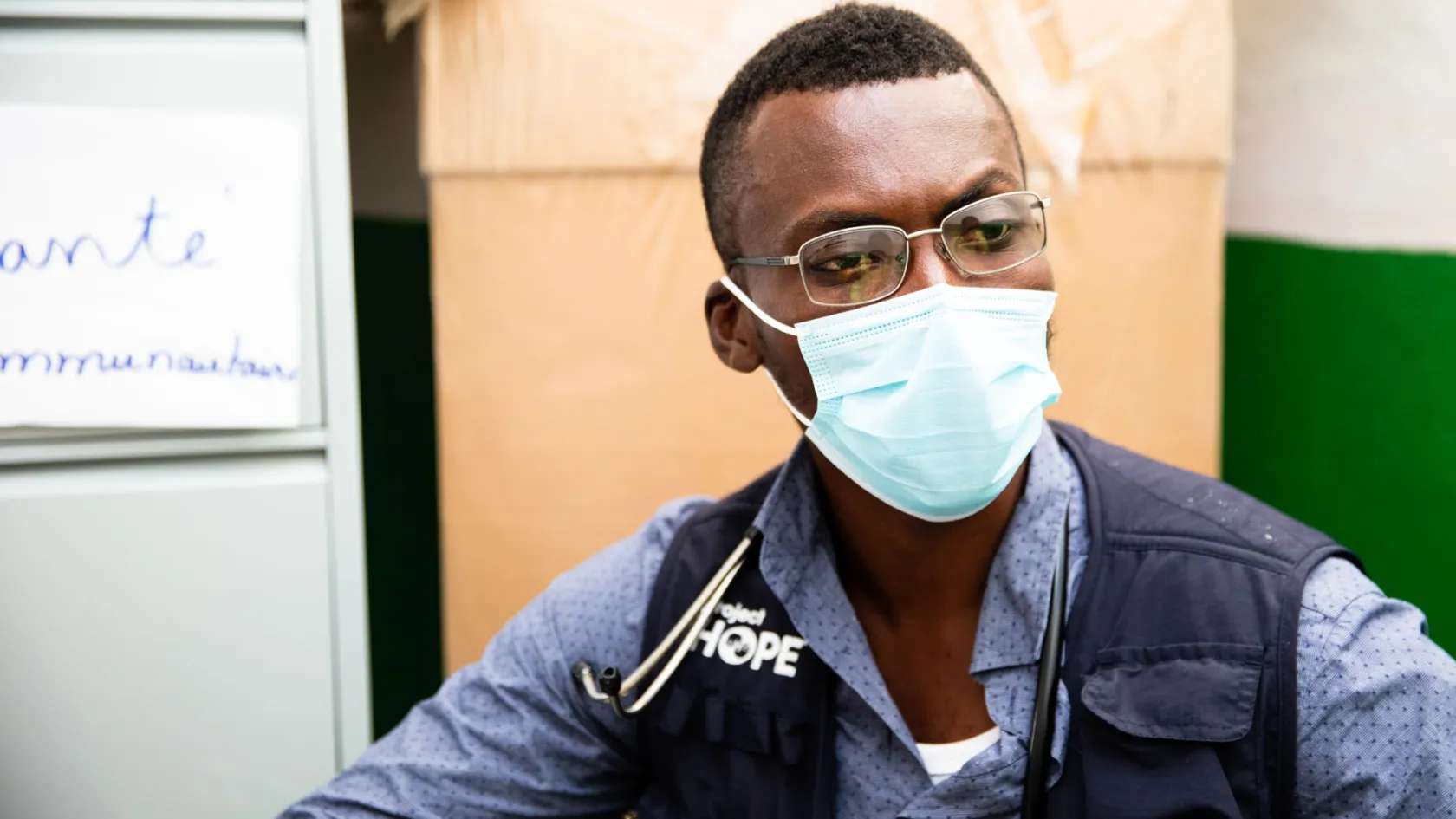4 Facts: Migrant Health
There are more than 280 million migrants worldwide — enough to equal 4% of the entire global population. Learn more about the greatest health concerns they face.
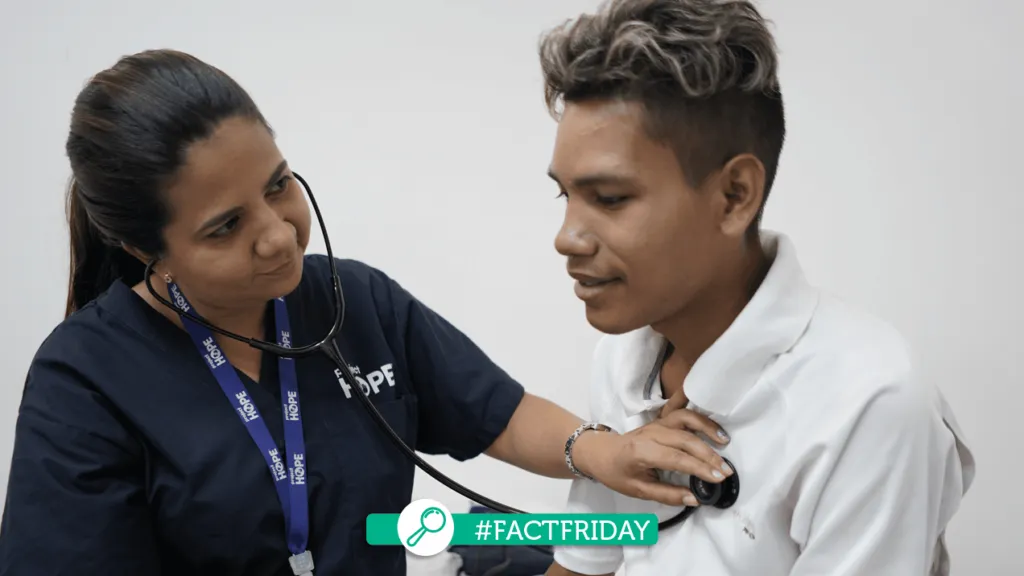
Three decades into the 21st century, the world is on the move like never before.
Conflict, violence, and natural disasters caused by climate change have all contributed to unprecedented levels of displacement for many around the world. One of the largest human displacements is taking place in Latin America, where an estimated 15 million people are now migrants, according to the International Organization for Migration. “Migrants” is an umbrella term for people who are not living in their home country and can include refugees, a specific category of people fleeing persecution, conflict, violence, or other circumstances.
When people are forced to leave their homes, their entire lives are disrupted. Jobs and homes are abandoned. Incomes are lost. Not surprisingly, migrants also experience a severe impact on their access to health care services, including their ability to obtain medicine, vaccines, or mental health services. People on the move are also at a higher risk of exposure to diseases like COVID-19 due to poor living and working conditions that prevent social distancing, particularly in shelters.
Here are four things to know about the greatest health challenges migrants face and what Project HOPE is doing to scale up our work to meet the need.
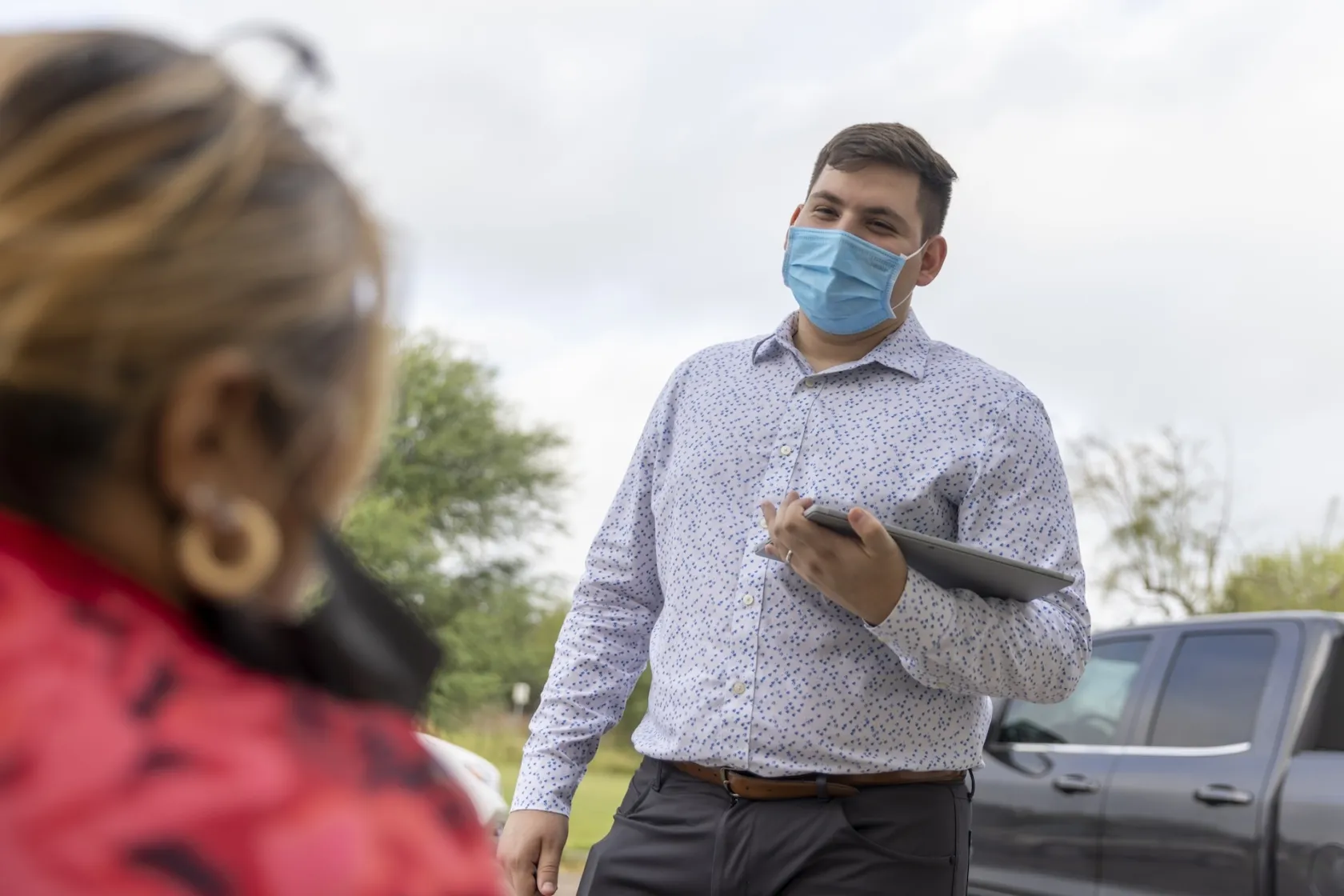
Fact 1: Migration results in more barriers to health including a lack of access to medicine, vaccines, and mental health services.
Migrants face many of the same barriers to health services as local populations, such as cost, proximity to clinics, and general gaps in health care systems. But they must also contend with additional obstacles specific to their migratory status, including discrimination, language barriers, lack of insurance, lack of familiarity with the system, lack of documentation, and fear of deportation.
To be a migrant is to uproot your life, often suddenly and without family at your side. As a result, migrants are at a greater risk for depression, anxiety and post-traumatic stress disorder than the general population, yet are often unable to access care.
Since the start of the political and humanitarian crisis in Venezuela, some 2.5 million Venezuelans have sought refuge in Colombia. That’s the equivalent of the entire population of Chicago relocating. The influx has placed immense strain on Colombia’s health system, flooding hospitals and clinics with hundreds of thousands of new patients in need of treatment and care.
Since 2018, Project HOPE has worked in the Colombian border city of Cúcuta where we are working closely with local hospitals and clinics to ensure access to free quality care for migrants, especially pregnant women and mothers. We have connected migrants with care and helped them access medicine, food, vaccines, prenatal care, delivery support, and other services in coordination with local health facilities. We have also provided additional medical staff and training to local hospitals.
Near the U.S.-Mexico border, Project HOPE has expanded access to COVID-19 vaccines through charitable clinics in the Rio Grande Valley. In addition to vaccinations, we are partnering with clinics that are focused on delivering fact-based information and educational resources in multiple languages.
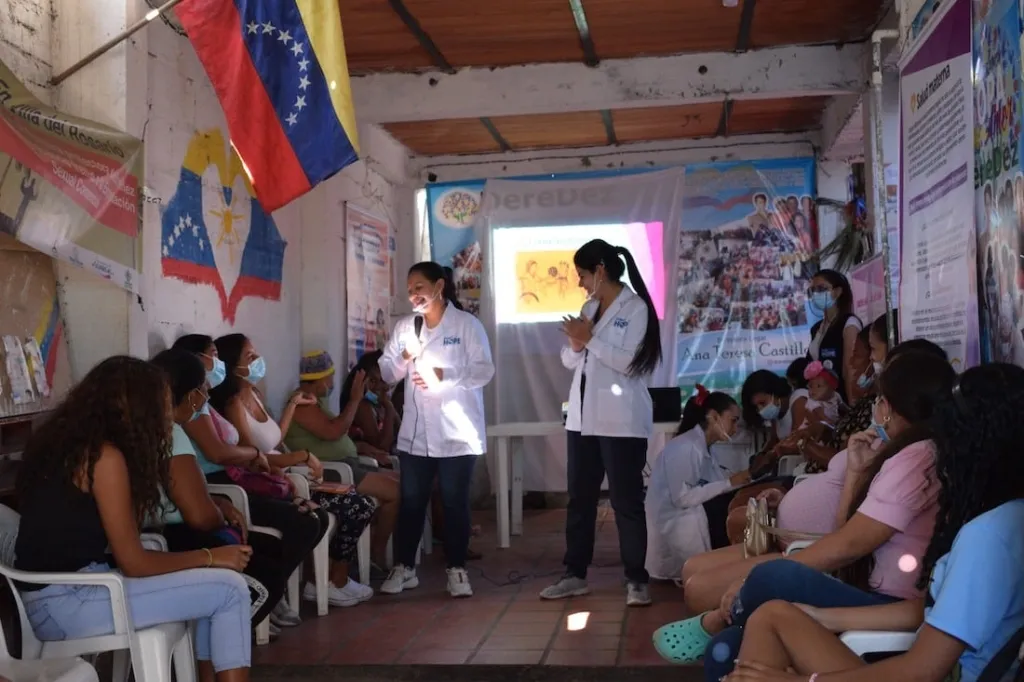
Fact 2: Migrants do not pose an additional health security threat to host communities.
There is a mistaken belief that immigrants carry disease, which has long been used to stigmatize foreigners. At the start of the COVID-19 pandemic, the United States, Canada, and Mexico shut down their borders to ostensibly limit the spread of the novel coronavirus, though evidence shows border closures did not slow the spread of the disease.
A report published by the World Health Organization in 2022 shows that migrants don’t pose an increased health risk to host countries and are innately healthy—and in some cases even healthier than the host population. However, they are more susceptible to infection due to increased environmental risk factors related to their living and working conditions.
In Colombia, poor sanitation and inadequate living conditions have led to the reappearance of malaria, dengue, and measles due to people sleeping outside without nets or blankets. The lack of clean water and sanitation has also resulted in diarrheal diseases. In Mexico, migrants subject to Title 42, or the so-called “Remain in Mexico” policy, were forced to live in crowded shelters while they waited for the chance to legally enter the United States and ask for asylum.
Initial health screenings—not limited to infectious diseases—can be an effective public health tool, but they should be done in a way that is nondiscriminatory and non-stigmatizing, and done in conjunction with offering treatment, care, and support.
In Colombia, Project HOPE works in partnership with regional health authorities to ensure that migrants are able to receive the care they need to treat common health conditions, including childhood malnutrition, measles, malaria, dengue, and tuberculosis. Project HOPE has also led the establishment of a regional health committee to disseminate information about services available to Venezuelan migrants, refugees, and Colombian returnees.
We are also working to provide health care workers the equipment and training they need to reach their communities. Project HOPE has delivered personal protective equipment and ramped up vital training for frontline health workers in Colombia and supported contract tracing, screening, and patient care during the pandemic to reduce the risks of the virus near the Colombia-Venezuela border. We also partnered with the Pan American Health Organization and the Colombian Departmental Institute of Health to create a triage and screening system for respiratory patients in one border community and have provided primary health care and OB/GYN consultations to thousands of people.

Fact 3: Migrant workers are less likely to use health services and more likely to have an occupational injury.
Because migrants face many barriers in accessing health care, they access health services less frequently. Additionally, many migrants work informal jobs and lack any health coverage, further discouraging them from turning to the health system for prevention services, risk monitoring, or medical care.
Many migrant workers work in high-risk jobs such as mining, agriculture, and construction that involve long hours and hard physical labor that can result in increased occupational accidents. People who don’t have legal status in the country where they reside are much more likely to endure dangerous working conditions and fear drawing attention to themselves and losing their jobs or being deported. Furthermore, migrant workers are often not allowed to form and join trade unions, which may be an additional obstacle to raising concerns about their health and safety in the workplace. In addition, sexual exploitation has been widely reported in particular in the context of female labor migrants working in informal sectors such as domestic work.
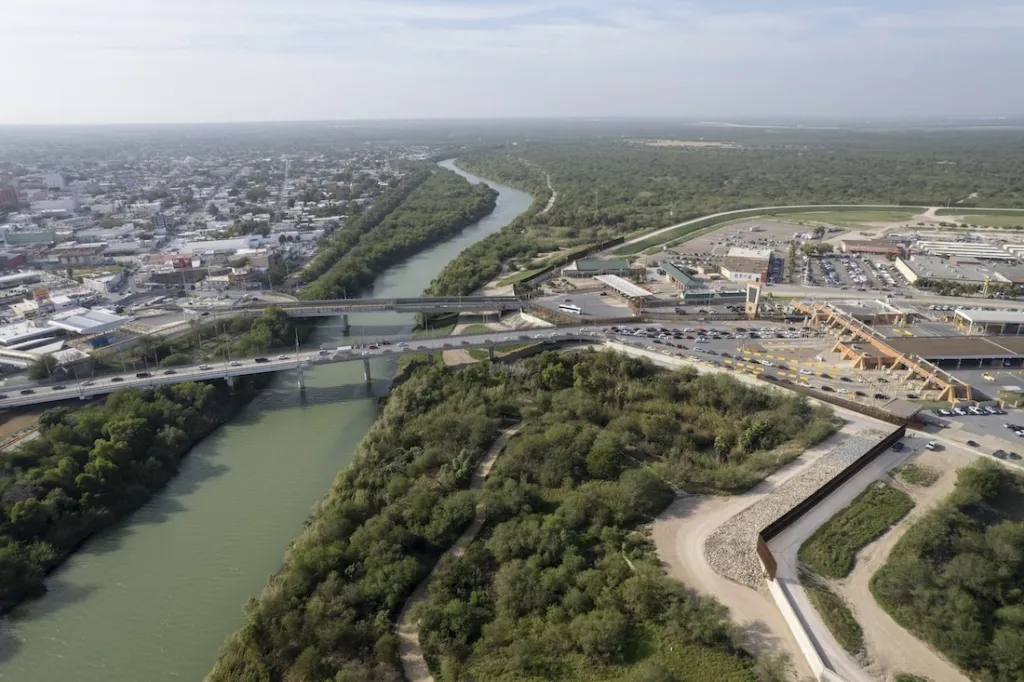
Fact 4: Most people are not displaced due to one single factor, but by a combination of factors. Hunger is often a prominent reason.
People leave their home countries for many reasons, including violence, political instability, persecution, economic opportunity, or some combination of factors. However, one of the biggest drivers of migration in Latin America is food insecurity.
One in three Venezuelans is food insecure and in need of assistance, totaling more than 9 million people, according to the UN’s World Food Program. Nearly 6 percent of Venezuelan children screened between January and June 2021 had acute malnutrition, including 1.5 percent with severe acute malnutrition, prompting many families to make the difficult decision to leave.
In Mexico, approximately 10.2 million people faced severe food insecurity in 2020 and more than 16 million people were considered vulnerable to moderate food deprivation. Climate change is expected to increase the severity of extreme weather events, rising temperatures, and droughts, which will contribute to additional food shortages. In August 2021, hurricanes Grace and Nora caused flooding, landslides, and power outages in multiple Mexican states, killing at least nine people and causing hundreds of millions of dollars in damage.



